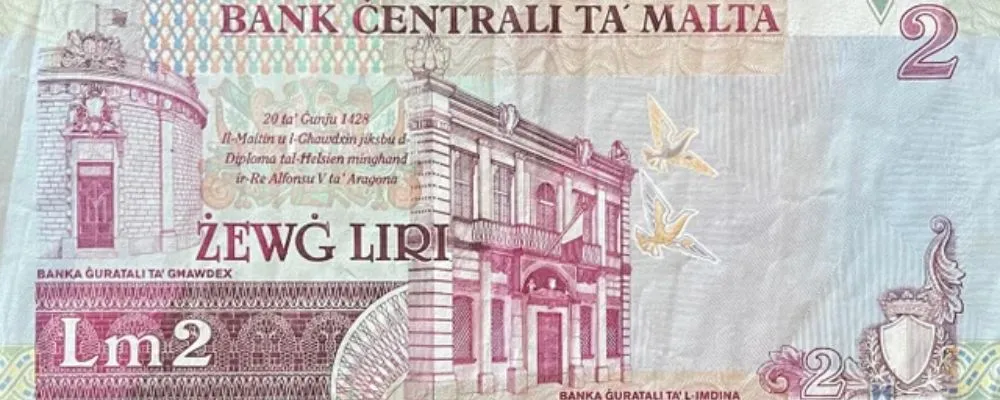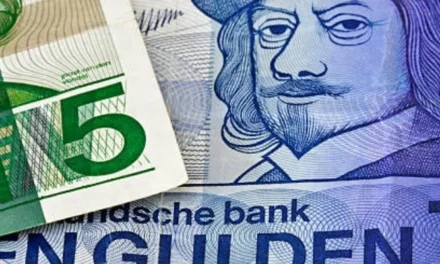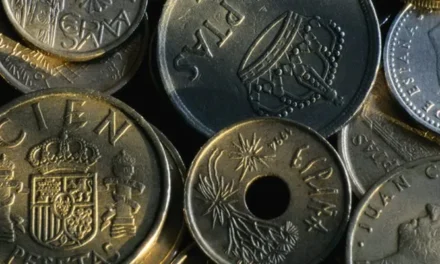Are you curious about the currency used in Malta before the adoption of the Euro? The Maltese Lira, or simply Lira, was the official currency of Malta from 1825 until 2008 when it was replaced by the Euro.
In this article, we will take a look at the history of the Maltese currency before the Euro era and the coins that were used.
Timeline Maltese Money
- Malta used the Maltese pound as its currency before 1972.
- In 1972, the Central Bank of Malta was established and introduced the Maltese lira, which was pegged to the British pound.
- The Maltese lira was devalued by 10% in 1979 due to economic pressures.
- Malta joined the Exchange Rate Mechanism of the European Monetary System in 1983 to harmonize exchange rates among European countries.
- In 1992, the Maltese lira joined the European Exchange Rate Mechanism.
- In 2004, Malta became a member of the European Union and started preparing for the adoption of the euro.
- Finally, in 2008, Malta officially replaced the Maltese lira with the euro as its currency.
Maltese lira exchange rate
The exchange rate was €1 = Lm0.4293, after the adoption of the euro, it became the only accepted form of currency in Malta.
History of Maltese coins
Before the introduction of the Lira, Malta used the Scudo, a currency that was used in the Kingdom of Sicily during the 18th century.
The Scudo was replaced by the Pataca in 1798, which in turn was replaced by the Scudi in 1825, marking the introduction of the Maltese currency.
The first Maltese coins were introduced in 1972, and these were followed by banknotes in 1973. The coins were made of cupronickel, and their denominations were 1 cent, 2 cents, 5 cents, 10 cents, 25 cents, and 50 cents. The 1 and 2 cent coins featured an image of the Maltese Cross, while the 5, 10, 25, and 50 cent coins depicted the coat of arms of Malta.

In 1986, a new series of coins was introduced, and the designs were changed to reflect the cultural heritage of Malta. The 1 and 2 cent coins showed a representation of the Mnajdra Temples, while the 5, 10, 25, and 50 cent coins featured images of the Coats of Arms of the seven local councils of Malta.
Throughout the years, the Maltese currency went through several changes, including the introduction of new coins and banknotes. Nonetheless, the Maltese Lira’s long-standing reign as Malta’s currency came to a close only in 2008 when the Euro was officially adopted, bringing an end to an era for the Maltese monetary system.
Buying old Maltese lira notes and coins
If you’re looking to get your hands on some Maltese Lira, there are a few ways you can go about it.
- First, you can try searching online marketplaces like eBay or Etsy, where collectors and enthusiasts may sell old coins and banknotes. However, be cautious when buying from individual sellers, as there is a risk of counterfeit or misrepresented items.
- Another option is to visit antique shops, coin dealers, or pawn shops that may carry old currency. It’s worth noting that the value of these items may vary, so be sure to research their current market value beforehand.
- If you’re planning a trip to Malta, you may also be able to find Lira in local souvenir shops or currency exchange booths. However, keep in mind that the exchange rate may not be favorable, and it’s always a good idea to compare rates before making a purchase.
- Additionally, some collectors may be willing to trade or sell their Lira to other enthusiasts. You can try reaching out to online forums or social media groups dedicated to coin collecting or Maltese history to see if anyone is interested.
In any case, it’s important to exercise caution when buying old currency and to verify its authenticity before making a purchase. With a bit of research and patience, however, it’s possible to add a piece of Maltese history to your collection.
In conclusion, the Maltese Lira was the official currency of Malta for over 180 years before the introduction of the Euro. Although it is no longer used as a currency, the Maltese Lira money holds significant value as a key component of Malta’s economic past.






